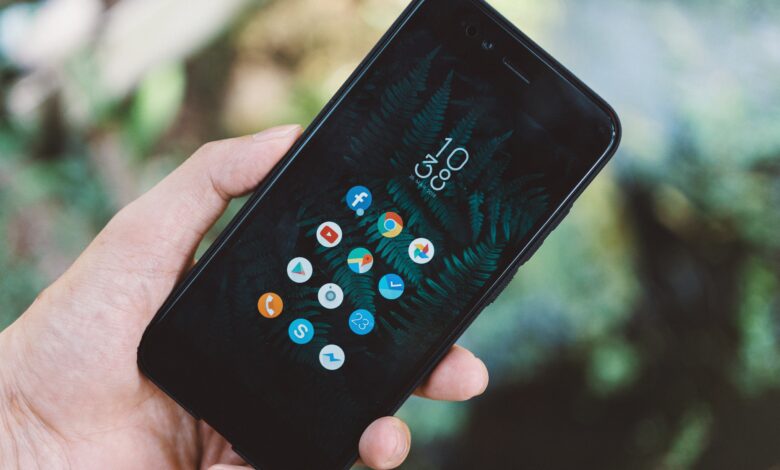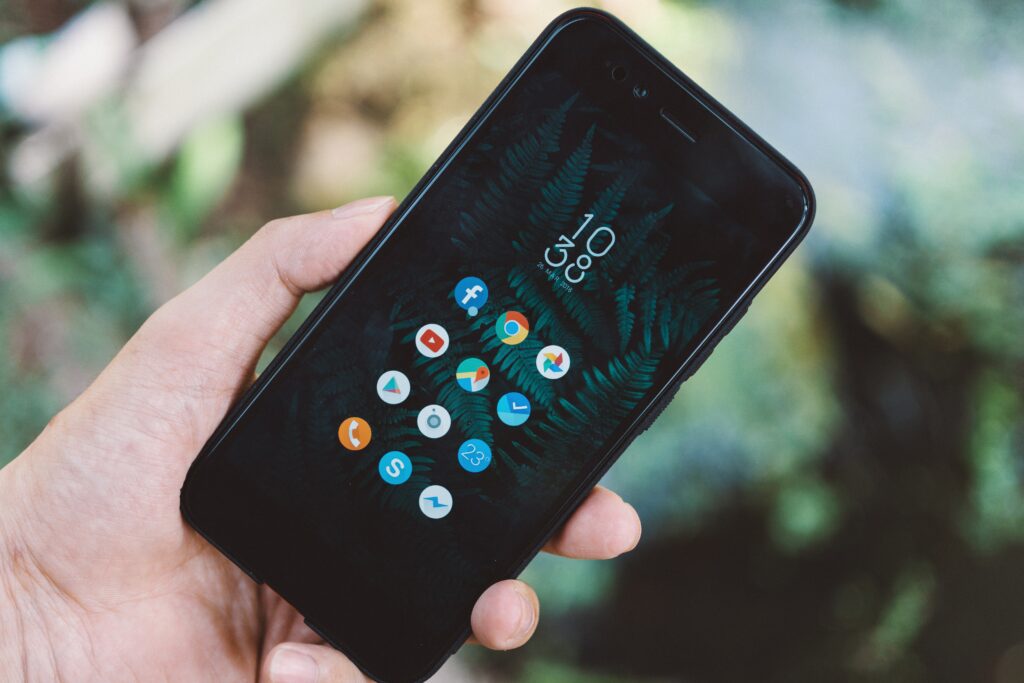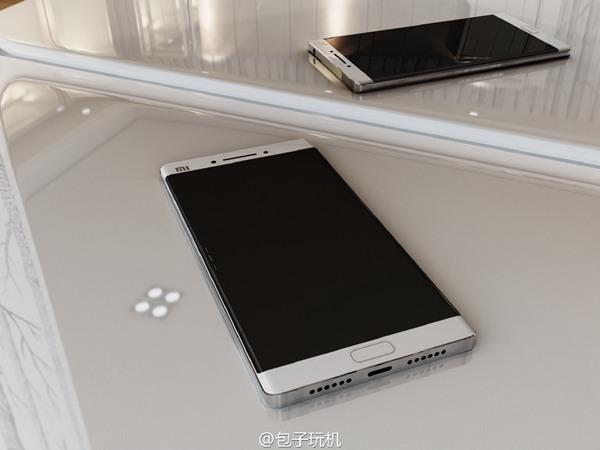
With technology becoming ever more advanced, how are smartphones made? Since their inception in 1994, Smartphones have come a long way. They are used for entertainment, communication, and even medical purposes.
Individuals use smartphones to access the internet, download applications, and receive updates. Creating a smartphone requires many components and an incredibly precise process. In this article, you will learn about the steps in making a modern smartphone.

The First Smartphones
The first “smartphone” was the Simon Personal Communicator, developed by IBM in 1992. This device had a touchscreen, calendar, address book, calculator, world clock, notepad, and even some primitive games. It also featured limited email capabilities and could send faxes over landlines. However, it was bulky and expensive-too expensive for most people-so it wasn’t a commercial success.
The Rise of the iPhone
It wasn’t until 2007 that smartphones began to gain mainstream popularity with the introduction of Apple’s iconic iPhone. This device introduced several revolutionary features, such as an easy-to-use touchscreen interface, app store access, high-quality cameras with video recording capabilities, and more. The iPhone quickly became one of the most popular consumer devices ever created and spawned an entire industry devoted to smartphones and mobile apps.
Smartphones Today
Today’s smartphones are incredibly powerful machines capable of running complex applications with lightning-fast speed thanks to advanced processors, multiple cores, and gigabytes of RAM memory. They can access virtually any content imaginable through their web browsers or dedicated apps for streaming music or watching movies or TV shows on demand.
And with built-in GPS technology and mapping applications such as Google Maps or Waze, you can quickly find your way around town without worrying about getting lost or finding parking spots in unfamiliar places. The possibilities are endless!
The Production of Smartphones
As mentioned, the production of a smartphone requires various components. Here’s a brief look at some of these components:
Designing the Device

The first step in smartphone production is to design the device itself, which involves both hardware and software. Engineers must use specialized CAD (computer-aided design) software to create detailed 3D models of the components that will make up the phone-from its casing to its circuit boards and everything in between. These designs allow engineers to test out different configurations before settling on one that meets all their requirements.
Manufacturing Processes
Once a design has been finalized, it’s time to start actually creating the components that will make up the finished product. This is done using a variety of processes, including injection molding for plastic parts, casting for metal parts, and etching for printed circuit boards (PCBs). Manufacturers also utilize cobot technology to automate specific processes, such as the assembly of components or soldering of parts. This automation allows them to create devices with greater precision and fewer errors.
Quality Assurance
In order to ensure each component is made according to spec, manufacturers employ quality assurance systems throughout the production process. These systems typically involve automated tests that check each component for defects or inconsistencies in size or shape before they are shipped out for assembly.
Such tests also serve as an audit trail so manufacturers can trace any mistakes back to their source if necessary. Manufacturers may also request third-party testing to ensure their products meet industry standards.
Assembly and Packaging
Once the components have been produced, it’s time to assemble them into a finished product. This is done by hand or with automated machines, depending on the complexity of the device. Each component is tested one last time before being soldered or glued together in order to ensure everything works properly. After assembly, the device is packaged in a protective case and shipped to the customer.
Software Installation
The last step for manufacturers is to install the operating system and any necessary applications onto the device before it leaves their facilities. This can be done manually by transferring files over a USB cable or using automated software tools like Apple’s iTunes.
Once all of the software is installed, the device is ready to be used by its new owner. This final step is especially critical as it ensures that customers receive a fully functioning and up-to-date product.
The Bottom Line
Smartphone manufacturing is an incredibly complex process involving numerous pieces of technology working together in concert with each other. From designing the device itself using CAD software, to creating components using specialized machines like CNC mills and 3D printers, all the way through testing with automated quality assurance systems-there are countless steps involved in producing these devices we rely on every day! Understanding how smartphones are made gives us greater insight into our lives and how technology impacts us all.

